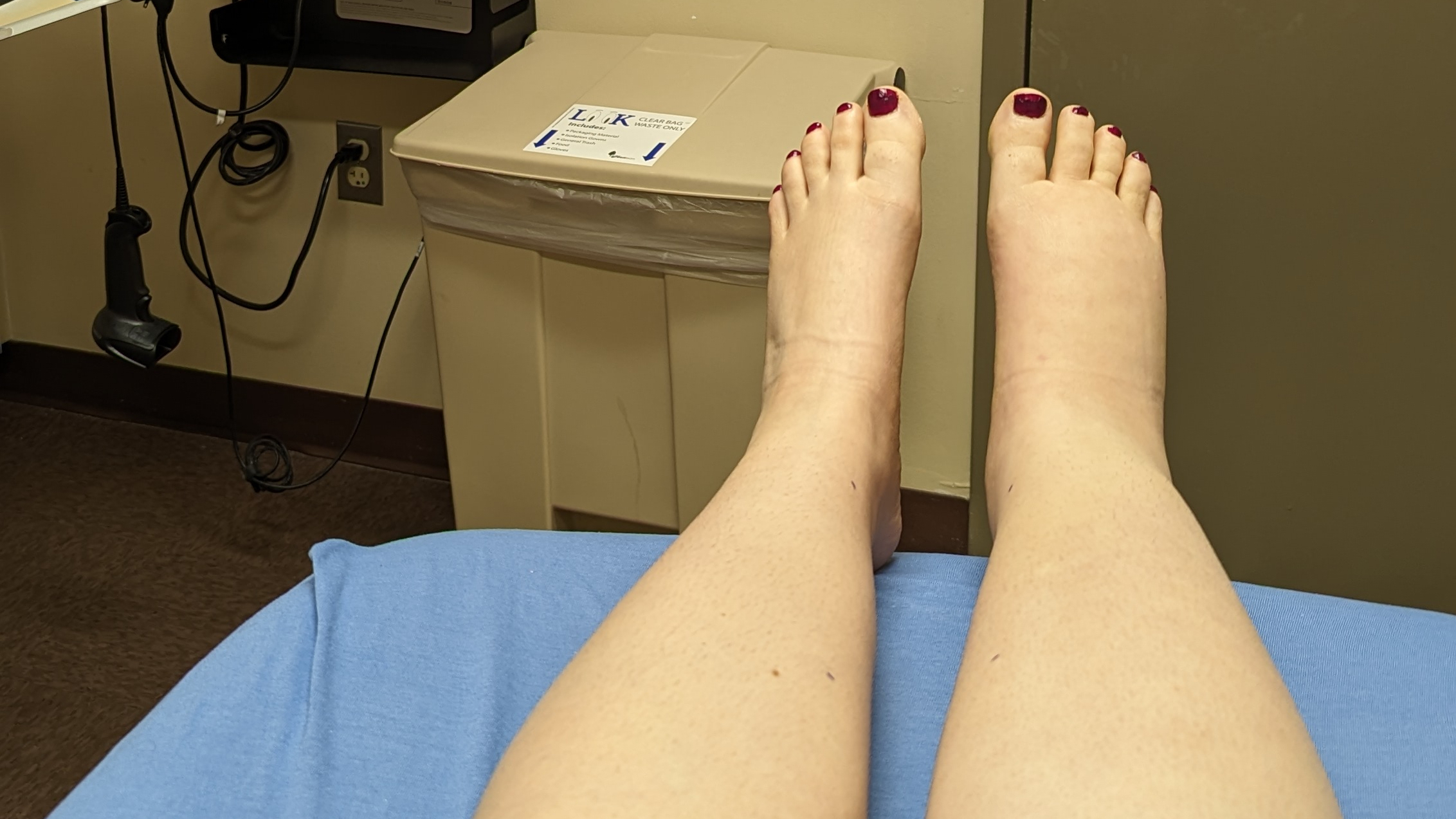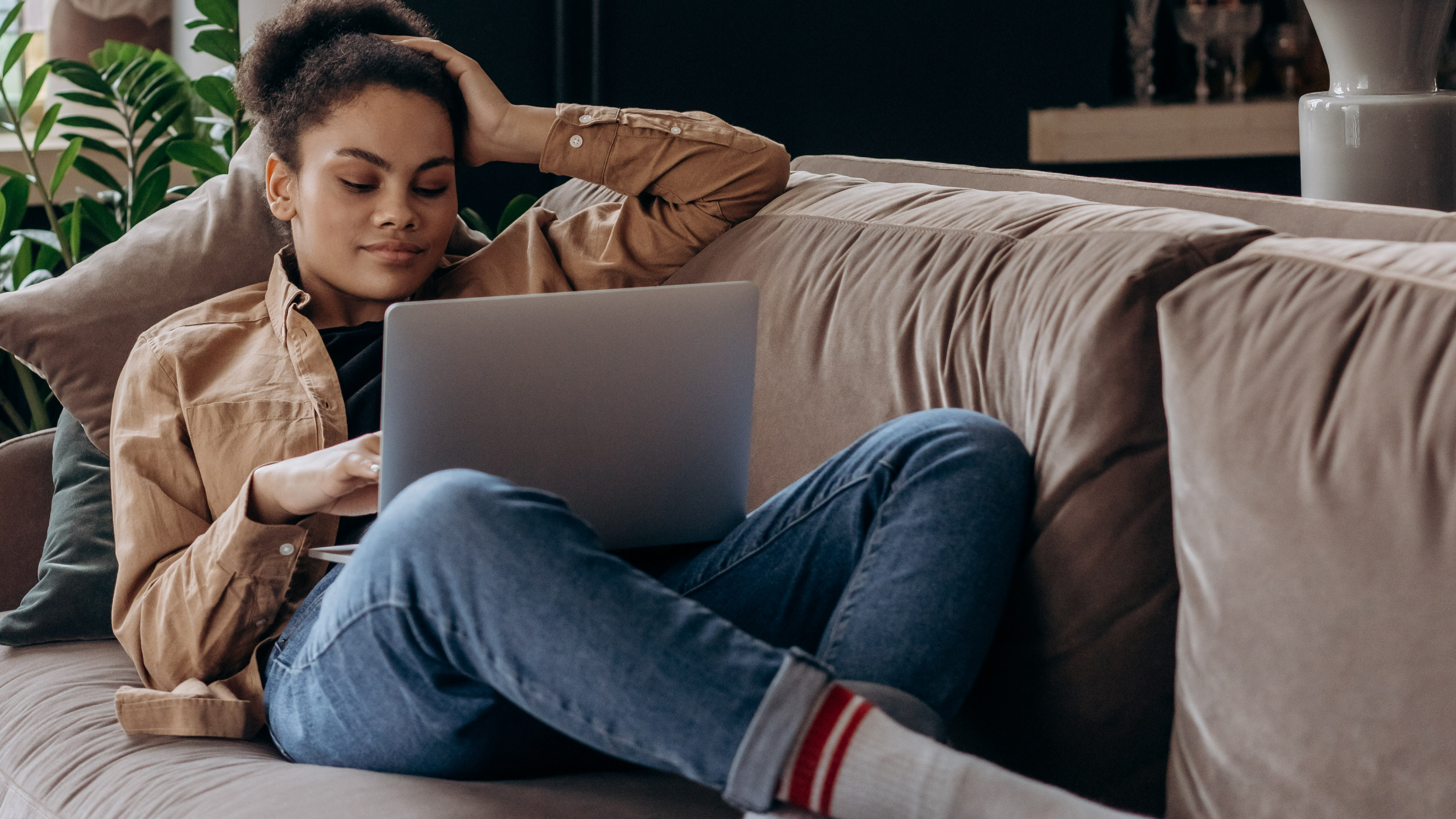During the last weekend of October, I hopped on a train and made my way up to Boston, Massachusetts, to attend the 2019 National Lymphedema Network Conference.
The theme of the event was A Cerebral Experience: Making Sense of Lymphedema, and with a schedule featuring a full line-up of both clinical and non-clinical programming (including a presentation by yours truly!), the conference delivered on that message.
Needless to say, there was a lot of great information shared at the conference — more than I could probably relate here — so I’ve distilled the experience down into my top five takeaways.
Let’s begin…
1. Whoever said “Never meet your heroes” obviously wasn’t a lymphie.
The venue was buzzing all weekend with excited chatter and inspired conversations between attendees and faculty. From patients and advocates to medical professionals and vendors, the conference was a real who’s who of the lymphedema and lymphatic research world.
For example, after years of being friends online, I finally got to meet real-life superhero Amy Rivera of Ninjas Fighting Lymphedema Foundation and tireless community builder Veronica Seneriz of Lymphie Strong. I also met lymphedema therapist and podcast host Betty Westbrook; advocates Brittany Williams and Kasey Lynn Rubin, who, motivated by their own experiences as mothers of children with lymphedema, fight to make the world a better place for other lymphie kids and their families; and Cam Ayala, whose charming personality and social platform has enabled him to successfully pivot from reality television to lymphedema advocacy.
I was in awe of everyone I met. Networking and having face-to-face time with fellow patients and advocates is an experience I don’t take for granted: I know how difficult it can be for lymphedema patients to find — and meet — others like them.
There’s an old adage warning you not to meet your heroes because you’ll be disappointed when who they are in reality doesn’t meet your idealized expectations. But in the lymphedema world, it’s their humanness that makes these people so heroic. To take something as seemingly bleak and hopeless as lymphedema and turn it into an opportunity for awareness is a difficult and admirable thing.
And that’s everyone involved in the lymphedema world — whether you’re a patient, an advocate, a medical professional, or a caregiver, you’re a hero to me.
https://www.instagram.com/p/B4G7YhGAaKR/
2. Change is necessary — and collaborative.
The conference began with a panel of medical professionals on stage to discuss a process to develop updated risk reduction guidelines to be published by the National Lymphedema Network.
The issue with the current guidelines is that patients treated for cancer are adapting their lives as if they already have lymphedema, and it’s negatively affecting their quality of life.
Radiation oncologist Alphonse Taghian said this fear of lymphedema is not innate to patients: rather, the fear is taught by clinicians via the admonishes to “avoid, avoid, avoid” when giving these precautionary measures.
“Initially, these were meant to be behaviors someone would avoid if they had already developed lymphedema,” said Dr. Cheryl Brunelle, a physical therapy clinical specialist at Mass General. “But it was expanded to every patient at risk for lymphedema, as well, so for the last couple of decades, patients at risk [of] and with lymphedema have been told the same thing.”
There are currently six official sets of guidelines from different organizations regarding precautionary measures for cancer patients at risk of developing secondary lymphedema. This mixed messaging confuses the patient, said Taghian. “We have to come together to have a common approach.”
“We need to get clear on what the definition of lymphedema is, otherwise we’re going to be over-treating and over-worrying [cancer] patients,” added Professor Nigel Bundred, professor of surgical oncology, Manchester University NHS Foundation Trust.
As a patient, it was exciting to see collaborative conversation happening in real-time, and I felt reassured by the level of transparency this offered. Through continued discussions between experts and the National Lymphedema Network, an updated document will eventually be developed that will offer a more realistic and relaxed approach to risk reduction.
“For 30 years, I’ve had reservations about the precautions and myths about lymphedema prevention,” said Dr. Kathleen Francis. “I always tell people, ‘Look, you’re either going to get lymphedema or you’re not, and it’s probably not going to be anything you did or didn’t do.’”

3. There’s still a lot to learn about my own lymphedema.
At the conference, I had the opportunity to undergo an indocyanine green fluoroscopy, also known as an ICG lymphography. This imaging procedure involves a subcutaneous injection of the medical dye indocyanine green (ICG), which is taken up by the lymphatic system. (I had three injections on each foot: two between the toes, and one on the inside of my ankle. A numbing spray was applied before each injection, so to me, it felt uncomfortable but not painful – like six quick flu shots or little bee stings.) By using an infrared camera, you’re then able to assess lymphatic function or lack thereof.
From what I understood prior to the scan, my right leg was my lymphie leg and my left, although occasionally swollen, was my “good” limb. The scan, however, suggested differently.
As you can see in the video clip below, my right leg is glowing; this indicates dermal backflow (the leaking of lymphatic fluid into surrounding tissue). The left leg, however, shows no glow at all aside from the injection sites. The dye didn’t move. This could be interpreted as lymphatic hypoplasia, which is the underdevelopment of lymphatic vessels.
My results were described to me as showing a classic primary disease pattern, which makes sense — I’ve been diagnosed with primary already — however the lack of functioning lymphatics in my left leg threw me for a loop. This was the first time I’ve ever had any sort of imaging done on my lymphatic system, so learning more about my prognosis turned out to be a really emotional yet empowering experience.
It’s important to note that this scan is not definitive: there are so many variables at play, from the instrument used to the distance the practitioner holds it from your limb, not to mention the amount of time elapsed between the injection and the scan. (Some practitioners perform the scan immediately following the injection, whereas mine was done six hours later.)
That said, the findings provided some valuable insights into my lymphatic system and carried implications for my treatment: for the first time ever, I’m wearing bilateral compression; I’m also considering the possibility of lymphovenous anastomosis, a microsurgery where lymphatic vessels are directly connected to nearby veins to aid in draining excess lymph fluid.
If you’re interested in learning more about ICG fluoroscopy, there are a number of research articles available online; Oxford Lymphoedema Practice has a great explainer on the topic. If you’re interested in receiving the scan yourself or have questions about whether or not it’s appropriate for you, please consult your doctor.
4. Lymphatic research is moving ever forward.
This conference featured an exceptional variety of topics, from patient stories and therapeutic techniques to surgical advances and up-to-date research findings. The keynotes were especially exciting, as they were all about brain lymphatics and the possible implications of neuro-lymphatic therapy for diseases like Alzheimer’s and Parkinson’s.
When the vessels in the brain change with age, their efficiency decreases: "If we can assist insufficient lymphatic vessels in the arms and legs with MLD, why are we limiting ourselves with the central nervous system?"#nln2019
— the Lymphie Life (@TheLymphieLife) October 28, 2019
I tried to tweet about the sessions as they were happening, but there was so much to absorb that I often opted to listen rather than post. If you like, you can read all my conference tweets here (note: the posts load in reverse-chronological order).
Conferences like this are like manual lymphatic drainage, massaging awareness and breaking up the stagnancy that is the mainstream medical community’s knowledge of the lymphatic system. That makes the rest of us the compression garments, maintaining progress until the next session.

5. Without lymphedema, we wouldn’t be here.
On the eve of the final day of the conference, the folks at medi USA sponsored a night out for the faculty at a dueling piano bar in Boston’s Seaport District.
The mood was celebratory and fun as we sang along with the two performers at the keys; every now and then one of us would make our way up to the stage to plunk down a few bucks on the top of the piano along with a song request.
The performers also took message requests, where you could have whatever you wanted to be written across the giant mirror along the back of the stage. Throughout the night, the mirror was wiped clean and a new lymphedema-related phrase was scrawled across it in bright marker: “Your flat knit is hot.” “Medi rocks!” “We love you, Jeannette.”
Sometime between raucous renditions of Whitney Houston and Bon Jovi, Cathy Holley — nurse, co-chair of the LE&RN Massachusetts Chapter, and one of my newfound friends from the conference — reached across the table and tapped my arm.
“Watch,” she said, pointing towards the stage.
One of the performers was busy writing a new phrase on the mirror. When he stepped back, I squinted to read Cathy’s designated message through the strobe lights:
“Without lymphedema, we wouldn’t be here!”

I felt a swell of emotion and looked back at Cathy, who gave me a wink. She was right: lymphedema was the reason we were all together.
I used to regard my lymphedema as something that took from me. But as disruptive as lymphedema can be — as painful and isolating and downright scary at times — it’s also the reason I was having the time of my life in a piano bar in Boston, singing Meatloaf at the top of my lungs with a crowd of people I met just a few days prior.
Full of lymphatic gratitude, I looked around at my incredible, resilient, supportive, loud, creative, unusual, wondrous lymphedema community and thought, “Yup, here is exactly where I’m meant to be.”





Leave a Reply